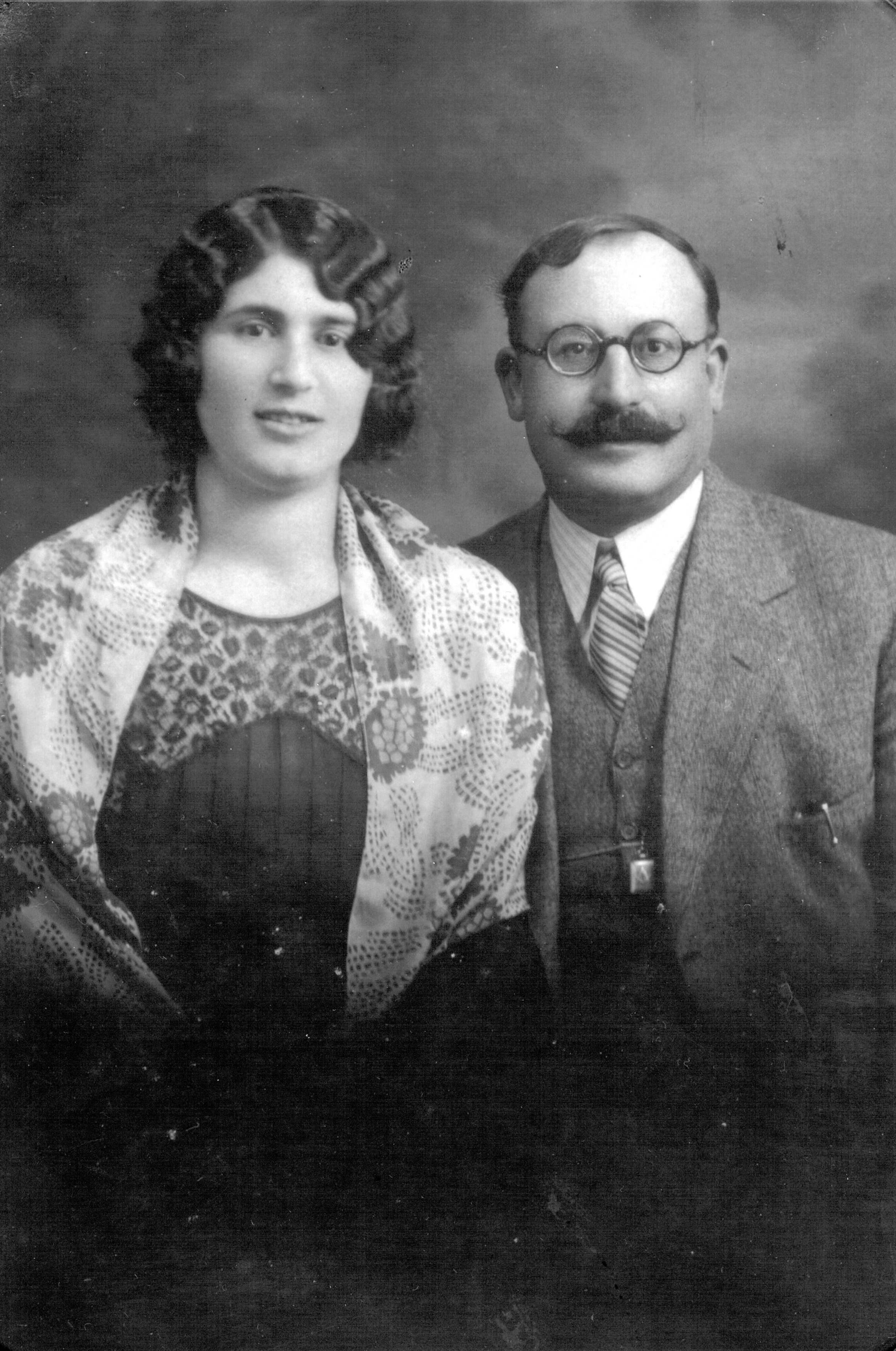Hilwie Taha Jomha Hamdon, community leader (born 10 August 1905 in Lala, Lebanon; died 14 December 1988 in Edmonton, Alberta). Hilwie Hamdon led the Muslim community around Edmonton in building the Al Rashid mosque — Canada’s first mosque. She was a leader in her community and inspired other Muslim women to take on leadership roles. (See Islam.)

Early Life
Hilwie Jomha was born in Lala, a village in the Beqaa Valley (in what is now Lebanon). She was a member of a leading family in the village whose culture was a mix of Sunni, Shi’a and minority group adherents. Most families were small-town merchants or local farmers.
Her family and the prospective Hamdon family were well-known to each other. Her future husband, Ali Hamdon, had immigrated to Canada in the early 1900s. He worked with relatives and friends from the Beqaa Valley and established himself as a fur trader in Fort Chipewyan, Northern Alberta. Once he had a home there, he returned to Lala to wed Hilwie. She immigrated with him in 1923 to begin her life’s work in Canada.
Life in Canada
Hilwie Hamdon struck up a friendship with a Jewish family. This was probably because of similar dietary restrictions and common issues in education for their children: community outreach would quickly become one of Hamdon’s key strengths.

Once Hilwie had children, the Hamdons decided to move to Edmonton in 1933, where schooling was more adequate for their family. Eventually, Hilwie and Ali would have six children: Evelyn, Lavida, Helen, Sidney, Moneer and Lewis. Edmonton is where she blossomed as a community-minded citizen and an advocate for a mosque presence in the city. Up to that time, prayers had been held in individual homes. Without a common meeting place, however, they were restricted in what they could do.
Hilwie Hamdon was very successful in bringing Muslim people together for Ramadan celebrations. (See Islam.) She marshalled other women in the Arab-speaking community to share their cooking and baked goods with locals. They especially did so during Muslim festivals, but also at the activities of other religious groups in town such as Christmas. She also participated in box lunch socials and cultural events, just like “back home.” At the same time, Arab businessmen were having increasing success in the city. This increased the group’s social influence in the city. By the early 1930s, there were 12 leading Lebanese Muslim families in the city, as well as a considerable number of other related groups. (See Arab Canadians.) It was then that the community began discussions for a mosque.
Community Leadership
Hilwie Hamdon and some community business people approached Mayor John Wesley Fry. They wanted to purchase land the city owned for the purpose of building a mosque, but the mayor wanted $5,000 for the land. The community had no funds and no central organization to plan such a purchase.
As a result, the Arab Muslim Association was created, which provided a formal organization for the mosque. Hamdon’s role was essential in founding the association. Hamdon proceeded to marshal the whole community, including people of various religious groups, to help build the mosque. She also went from door to door on Jasper Avenue, approaching business owners to support the project. These initiatives allowed the group to fund the initial purchase and the mosque’s physical foundations.
When Hamdon’s initial funding dried up, Arab businessmen contacted their counterparts in Western Canada to garner funds. This supported the final push to finish the mosque.
The Al Rashid mosque finally opened in 1938 to considerable fanfare. Hamdon and the women provided a delicious meal in the basement while people from the city flooded in to enjoy the celebratory food. They wanted to see the first mosque built on Canadian soil.

After the mosque’s opening, she continued to promote other activities there: community-wide dinners in celebration of eids in the basement, box lunch sales for everyone, luncheon basket sales so young Muslims could mingle, Arabic classes, Arab dancing and Muslim educational activities. The mosque became a social hub, both for Muslims and Middle Eastern peoples, but also for the whole city to interact with their Muslim neighbours. She also saw the advantage of the mosque for educating Muslim youth. Her work helped promote the image of an activist Muslim woman when most saw them as passive and dutiful to males.
Al Rashid Mosque — the first mosque in Canada — opened in Edmonton in the late 1930s, but getting it built was no small feat. It happened thanks to the determination of a group of Lebanese Muslim women, led by Hilwie Hamdon, who brought Albertans of all faiths together to help make history.
Note: The Secret Life of Canada is hosted and written by Falen Johnson and Leah Simone Bowen and is a CBC original podcast independent of The Canadian Encyclopedia.
Legacy
Hilwie Hamdon became an inspiration to the following generations of Muslim women, notably education advocates Lila Fahlman and Soraya Hafez. In addition, Hamdon helped pave the way for a truly multicultural community long before it was recognized by mainstream Canadian society.
In 2017, an Edmonton school was named after Hamdon.


 Share on Facebook
Share on Facebook Share on X
Share on X Share by Email
Share by Email Share on Google Classroom
Share on Google Classroom



